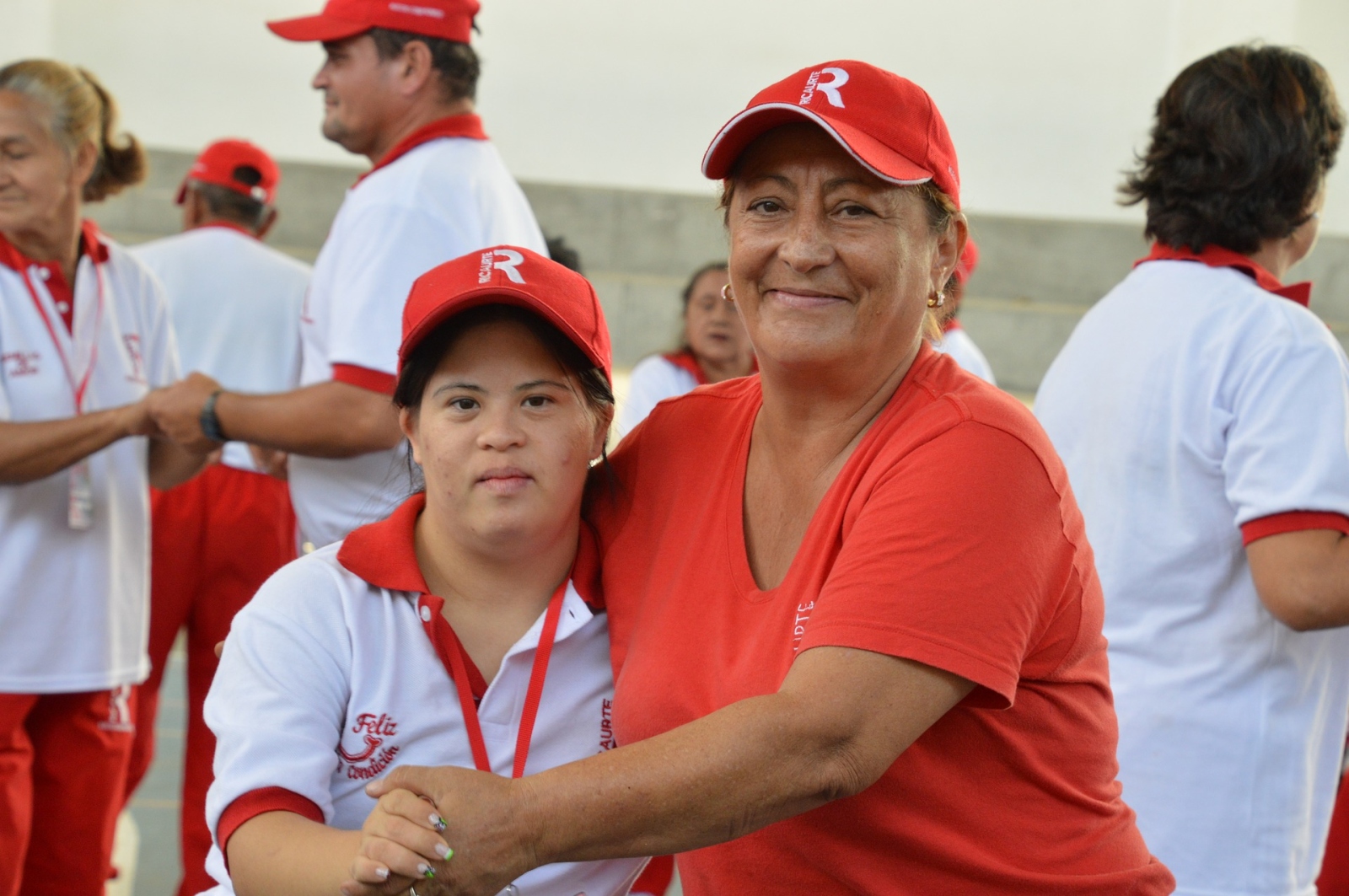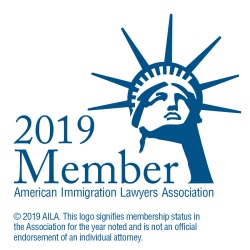Hinata originally came from Japan to pursue her education in the United States. With a desire to explore the world, she enrolled at a university in Texas, majoring in social work, a profession with limited financial rewards, but infinite internal rewards for those who wish to help others. Hinata’s undergraduate work included a number of internships, where she fine-tuned her interests towards assisting people with limited mental capacity to find suitable work.
With her bachelors in hand, Hinata then pursued a masters in social work at an Illinois university. Like all foreign students who graduate from US universities, Hinata was allowed to work in the United States for a year, so she found employment with a local social services agency. Her work involved home visits with her clients, as well as interaction with training program personnel and finally employers for her clients. She assisted the employers with understanding and adapting to the unique needs of her clients, developing programs for that purpose.
Hinata’s work was highly successful, and her employer wished for her to remain in her position after her year of authorized employment ended. The employer therefore retained our firm to assist with the labor certification process.
In this three-step process, the employer first demonstrates to the Department of Labor that it has completed a number of advertising steps that are required by the applicable regulations, and has not found any qualified US workers willing and able to take the position. The employer must promise to pay the employee the Aprevailing rate,@ which is the higher of whatever the employer pays to Asimilarly situated@ employees, or the wage that the Department of Labor indicates is the minimum that must be paid to a similarly qualified individual.
The employer then must demonstrate to USCIS that it has the ability to pay the foreign national, which Hinata’s employer was able to do by showing that it was, in fact, paying her the required wage.
It took many months for the employer to complete these steps and wait for government approval of each step. During this time, Hinata’s year of authorized employment ended. Her employer therefore had to find another way to maintain her employment eligibility, and opted to sponsor her for a nonimmigrant (temporary) status while waiting for permanent residence. Our firm therefore assisted with getting Hinata H-1B status, while she was waiting for permanent residence.
Hinata’s final step towards permanent residence involved passing a full background check, and then demonstrating to the US government that she had always complied with her immigration status and did not have any major communicable diseases. Finally, at the end of a process that took almost two years, Hinata gained the right to remain in the United States as a permanent resident.





